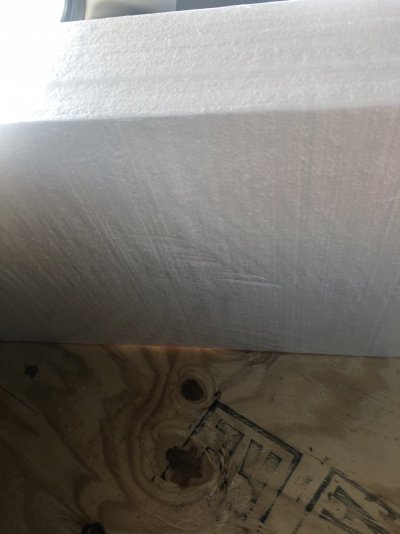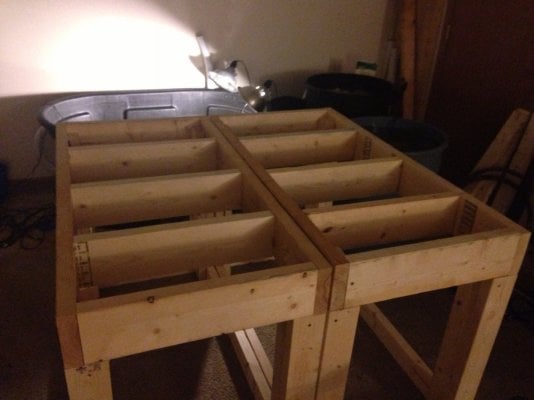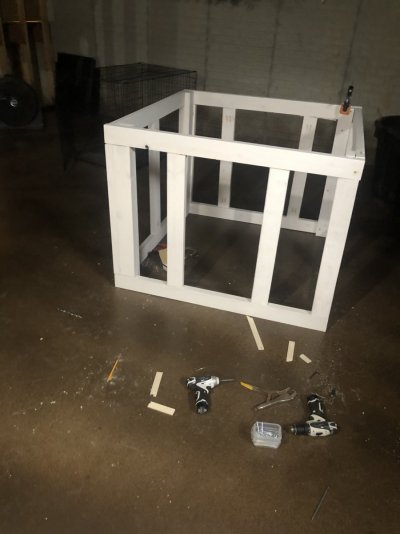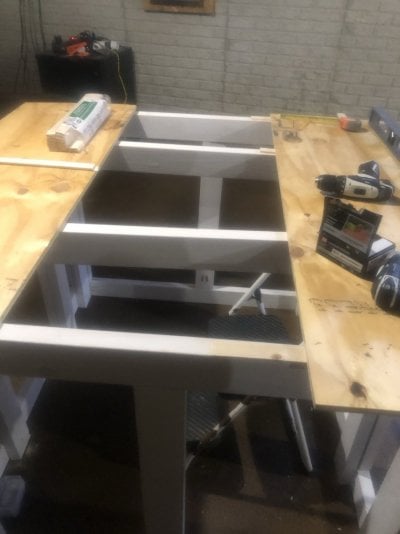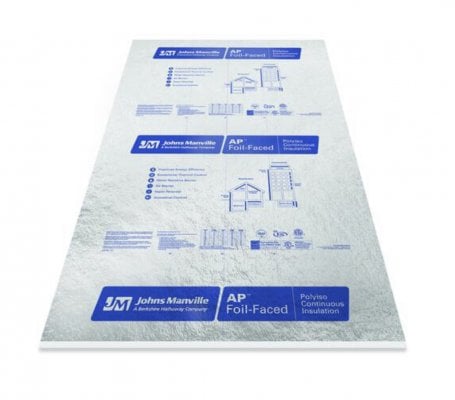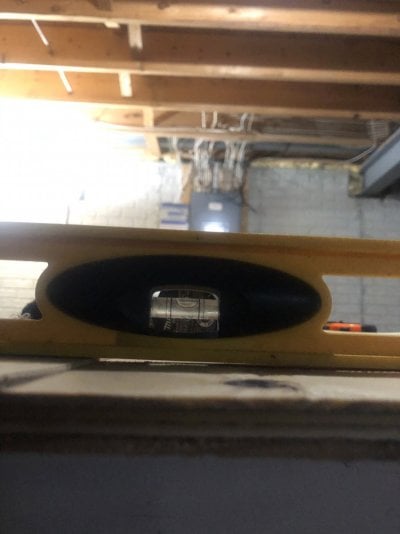Thanks. All wet sanding?
What about storing a new acrylic tank in an unheated garage for a month? Temps here are usually above freezing. Had to convert from Celsius to Farenheit... average temp right now it about 46 in the day and then down to about 35 at night. I assume this is fine.
Its fine.
I would avoid the extremes:
Acrylic can be used in temperatures up to 80 degree Celsius. Higher temperatures for longer periods will cause the acrylic to melt. Temperatures down to -40 degree Celsius is not a problem.





